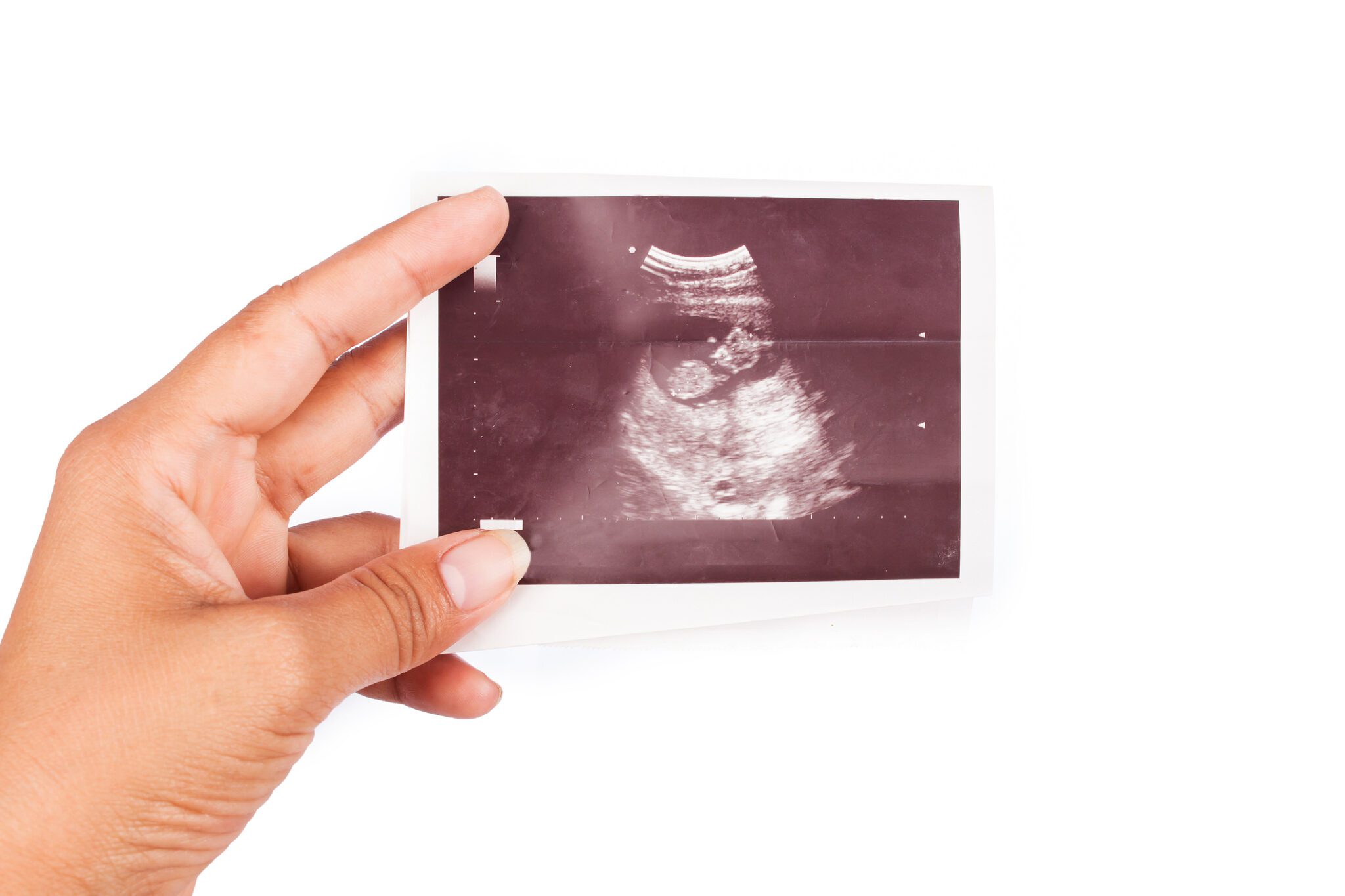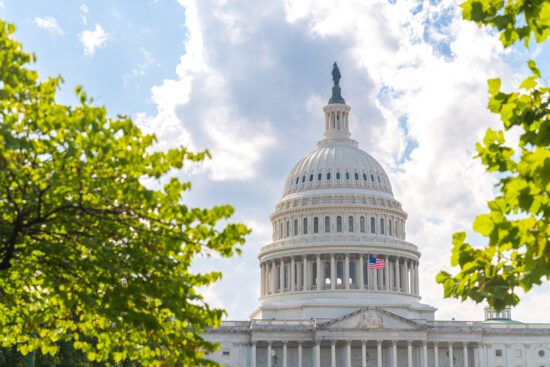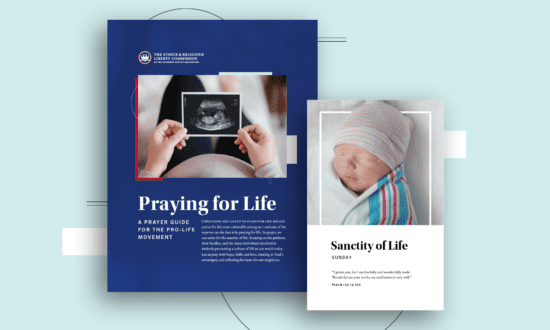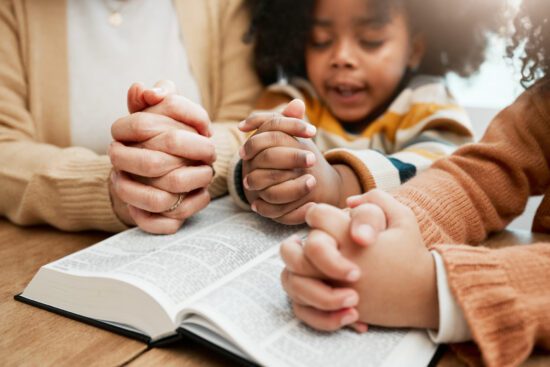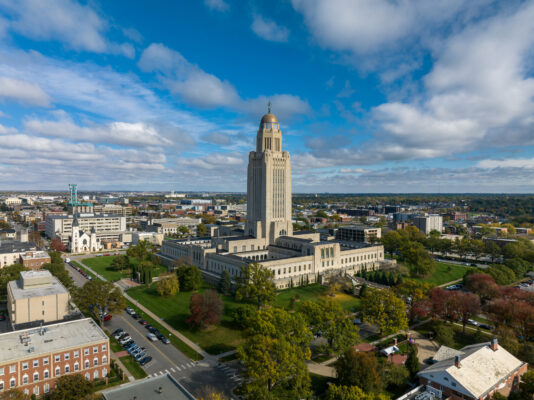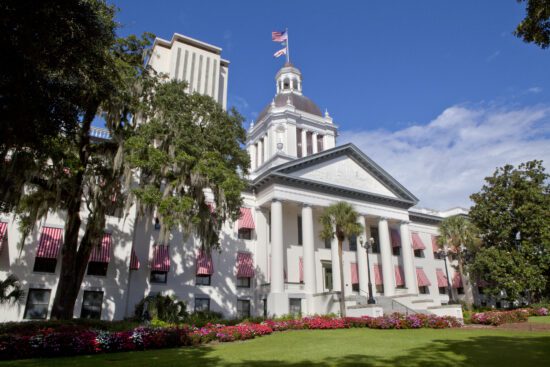This fall, the Supreme Court will take up a court case that could pose a threat to Roe and Casey precedents which protect the right to an abortion. If Dobbs — the case out of Mississippi — does what the brief field by the state’s attorney general hopes, then abortion will cease to be a federally protected right. Instead, a variety of state legislative positions will go into effect, ranging from complete abolition of abortion to complete protection of access. If this case is successful, the pro-life movement will suddenly be faced not with one fight but with dozens across the country, each unique.
Even with the unique challenges that will face the pro-life movement, there is almost certainly one constant: one of the most commonly cited reasons that women seek an abortion is that they don’t think they can afford a child. Therefore, moving forward, it will be necessary to not only think about making abortion illegal, though that is necessary and vital, but also making it unthinkable. One part of that is ensuring that women do not see a positive pregnancy test as an economic crisis, but for the joy that it is: a new life bearing the image of God.
Economic instability increases abortion vulnerability
There are a number of reasons that women seek abortions including age, number of previous children, and pressure from their partner. However, the most common reasons given are rooted in socioeconomic concerns, namely that the birth of an additional child is an economic crisis which endangers an already meager financial situation. One study found that over 70% of women who reported receiving an abortion listed money concerns as a reason. Similarly, this is not just a concern in the United States. In countries around the globe, socioeconomic factors are at the top of the list for why women receive an abortion, whether because they think themselves too impoverished to care for one child or to provide for an additional dependent.
Each year there are hundreds of thousands of abortions (800K+ in 2018) in the United States, and statistically 75% of those abortions will be provided to women who are considered poor or impoverished. Poverty here is defined by the federal poverty level which, in 2020, was an annual income of $17,331 for a family of two or $26,246 for a family of four. While the number seems incredibly low — and it is — the number of individuals who fall into that category is not. There were over 34 million people below the poverty line in 2019. For comparison, that is the equivalent of the entire state of Texas, and an additional 4 million people. In the face of such poverty, the birth of an unexpected child, with all the attending costs — healthcare and insurance, doctor’s visits, milk, formula, time off from work, and diapers (just to name a few) —looks like an insurmountable hurdle.
In the face of these circumstances, these vulnerable women are preyed upon by an abortion industry that offers them an inhumane answer to their economic uncertainty. They are offered the chance to make it go away, for a price. Because of the Hyde Amendment (and even this is subject to constant renewal), the federal government is barred from providing money through Medicaid to pay for abortion except in specific cases. However, several states allow the state’s contribution of Medicaid funds to pay for the procedure. In those states which allow funding, over half of the abortions were paid for by Medicaid. Further, they are allowed to receive government funds as reimbursements for other medical services provided. That amount, which varies from year to year, has seen an uptick since 2016 and was over $600 million in 2018. Not only does the abortion industry prey upon the most vulnerable in its destruction of life inside the womb, it profits off the economic instability of their mothers, with promises that economic security lies just past the procedure that ends their child’s life and lines the abortion provider’s pockets.
Countering abortion through poverty measure
Poverty prevention and alleviation is one of the areas where the church has a unique opportunity to prevent abortion vulnerability. Churches often have networks that are already in existence whereby the impoverished can come to them for help in the form of benevolence funds. Further, they can be the hub for connecting abortion vulnerable women to the social services available to them and help to bridge them through difficult financial times.
Poverty prevention is not a distraction from the work of the gospel but rather a recognition that the care of the poor is a consistent theme throughout Scripture. From the commands to leave crops for them to glean in the Old Testament laws (Lev. 19:9-10), the condemnation of those who unjustly oppress the poor (Is. 3:14-15), or the praise of Jesus for those who have cared for the poor, hungry, and naked (Matt. 25:36-40), the scriptures speak clearly of the Christian’s duty to care for the poor.
Not only at the local level, but at the state and federal level, measures to alleviate poverty are methods that can decrease the need for abortion. Though politicians and political operatives may argue about the measures that will best correct the crisis that is poverty, there is no doubt that it must be addressed. One recent example is the expansion of the Child Tax Credit that resulted in direct payments to families with children that helped to decrease the number of children living in households that were identified as economically vulnerable. Daniel Williams, in his book The Politics of the Cross, argues that another method is to expand healthcare availability and ensure that the working poor have better wages and improved opportunities.
The correction of poverty through the alleviation of poverty is a tool that the pro-life community has employed in the past. Again, Daniel Williams, in his history of the pro-life movement before Roe v. Wade, shows that prior to the court’s ruling, pro-life advocates combatted abortion through their advocacy of poverty measures. Since the Roe decision, anti-abortion advocates have focused on overturning the decision and restricting access. This is a needed (and incredibly effective) tool.
However, the goal is not just to end abortion, but rather to make it unthinkable. While we also need to address the suburban woman sitting in a Southern Baptist pew who is tempted toward abortion, one of the means of helping to make abortion unthinkable is to provide vulnerable women with the tools they need so that an unexpected pregnancy is no longer an economic crisis. Addressing abortion through poverty will not end the practice, and it must be paired with state and federal measures that limit access to the practice. But removing this one concern makes it less likely that the women will fall prey to the predations of the abortion industry. It removes the concern that a woman faces between having another child or feeding the baby she already has. And it clarifies the church’s commitment to serving the least of these.


